Newmarket is the heart of the horse racing world and is known as the capital of the horseracing industry in the UK, both in national and international terms. This arises from the range of horse racing interests in the town covering all aspects of the racing industry. There are more racehorses, trainers, stable staff, stud farms and racing organisations based in the town of Newmarket. Than anywhere else in the world.
If you like horses – then you can visit Newmarket as a tourist. Horse racing, as we know it today, really began back in the seventeenth century. When the kings of England brought their courts to Newmarket to hold races across the heath.
Most famous of all was Charles II whose horse, Old Rowley, is commemorated in the Rowley Mile at Newmarket Racecourse. A plaque on a house just off the main street tells of another famous resident, Charles II’s mistress Nell Gwynn.
Now everywhere you go in Newmarket there are racehorses. Long strings of horses can be seen riding out, identifiable only by the colour of their saddle blankets and the caps of their riders. Watching them you cannot tell the difference between a top racer, and who is going to be a future star.
Discover Newmarket offers sightseeing tours around Newmarket and is the best way to visit yards and hear from expert local guides. There are 50 miles of grass tracks and 40 miles of all-weather surfaces covering 2,000 acres of heathland.
Newmarket Town
Newmarket is a quaint town, surrounded by acres and acres of countryside. As well as filled to the brim with interesting buildings, a rich history and, of course, horses. Known as the Home of Horseracing and a horse-lovers haven.
The town itself has many bridle paths that wind alongside the roads, with crossings for the horses and their riders. The signs state that cars must give way to the horses. If only every town could have the same respect for riders as the ones here in Sussex do!
Newmarket Stud
The famous Newmarket Stud was originally founded in 1915, easily located just off one of the main roads into Newmarket. Easily spotted by the large rearing horse statue on the roundabout as you turn off. What was originally a private stud, opened its doors to the public in the 1970s. It is renowned as the only commercial stud farm in the UK to allow visitors a peek behind the scenes. The Wavertree’s Cafe is located within the grounds and is open for a cup of tea or lunch.
Visiting the Gallop Tracks
The famous Warren Hill Gallop Track is where you get the first glimpse into the racing world. You will see group after group of horses in training come tearing up the track in front of you. It can be cold standing out there for too long, so it is suggested to rug up. You will see firsthand the speeds that the horses can get up to passing one another. The horses are out training from 6 am until 12 pm every day of the week. So, you’re certain to be able to catch a glimpse of the action if you head out during those times. The tracks are open to the public after 1 pm if you’d like to simply take in the scenery and go for a walk.
Jockey Club Rooms
The Jockey Club Rooms Are a very prestigious, private members club and still is today. Entering the Jockey Club rooms is by guided tour only and it is fascinating. Every wall is covered with paintings created by famous artists such as Stubbs and Munning, showing horses at rest or galloping in races.
It has been open to the public for tours and special events for several years now. It still has that ‘posh boys club’ feel about it. It may not look like that today but, it’s evident inside that it once was exactly that. Along one wall of the club hangs photographs of all of the members, dating way back to the 18th century. And the first image of a woman doesn’t appear until 1977.
Set in stunning grounds, with a range of rooms that vary from dining areas to bedrooms. It is easy to see why people choose to use it as a wedding venue. The club regularly hosts events and afternoon teas.
National Museum for Horseracing and Sporting Art
Located within Palace House, the museum was opened in 2016 by her Majesty the Queen (quite the contrast to the centuries-old Jockey Club Rooms). The museum offers a range of highly interactive screens, displaying all of the information about the horseracing industry.
Meet the Resident Horses in Rothschild Yard
But you can’t go to Newmarket and not get up-close-and-personal with the horses themselves. And the Heritage Museum is one of the many places in Newmarket where you can do just that.
Hidden in a block out the back of the Heritage Museum, is the Rothschild Yard. After watching the up-and-coming horses training on the gallops in the morning, you can get to meet some of the retired stars of the sport while at the museum. You can spend an hour fussing the retired racehorses, hearing about their past, and seeing a glimpse into what their future might hold as you watch their training sessions in action.
Visit on a race day
The ultimate Newmarket experience, you really need to visit on a race day. The town spends close to 365 days of the year prepping its resident horses for racing.
General information
The horseracing industry is vital to Newmarket and its economy. It is estimated that up to 33% of jobs in Newmarket are directly related to horse racing being provided in the training yards, studs, and stables and around 50% when including related industries such as bloodstock auctioneers, vets, farriers etc.
The existing facilities and racing infrastructure includes:-
Two of the country’s premier racecourses, the NatWest Rowley Mile and the July Course with over 2,500 racehorses in training at the peak of the season.
Newmarket is home to over 79 licensed trainers; 62 stud farms; 2,800 acres of fully maintained training grounds; 50 miles of turf gallops and 17 miles of artificial gallops. it is the original home of the Jockey Club; National Horseracing Museum; British Racing School; Tattersalls Sales; Horse Racing Forensic Laboratory; The National Stud; The Thoroughbred Breeders Association; British Bloodstock Marketing Head Office; International Racing Bureau; Racing Welfare; Federation of Bloodstock Agents; Palace House and the 17th Century royal residence for King Charles II. Also home to the country’s top equine veterinary and equine hospitals, saddlers, farriers, transporters, and insurance companies.
The training, breeding, and racing industry are inextricably linked relying on each other for their activities and growth. A decline in any one part of the industry would inevitably have an impact on another part.
Snaffle Travel will be visiting Newmarket on their Burghley Horse Trials tour in September 2025.
Want to find out more information on Newmarket or our Burghley Horse Trials tour in 2025? Please feel free to contact us at email info@snaffletravel.com.au
Tours: Discover New Market: Click HERE
Newmarket information: Click HERE

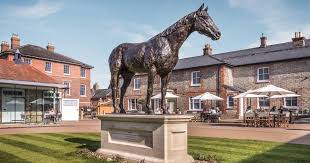
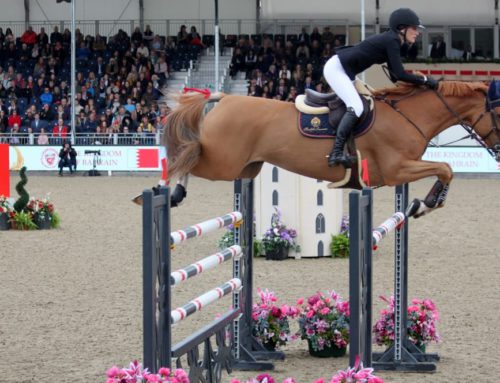
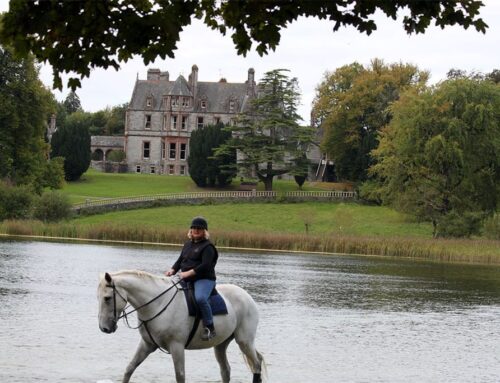
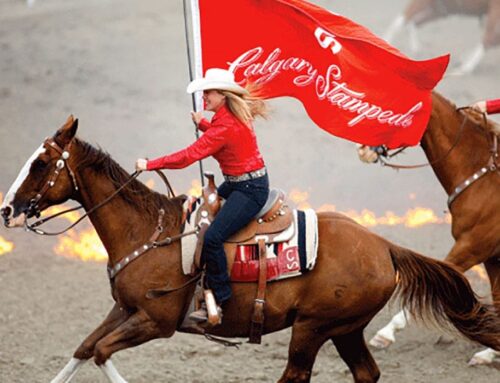
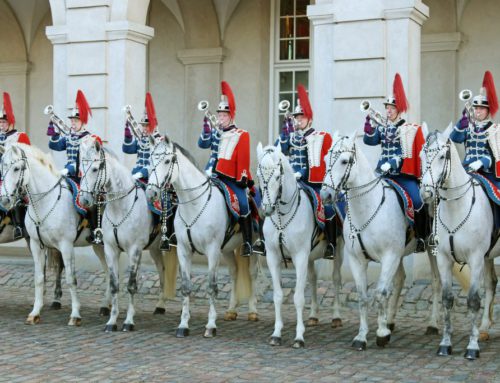
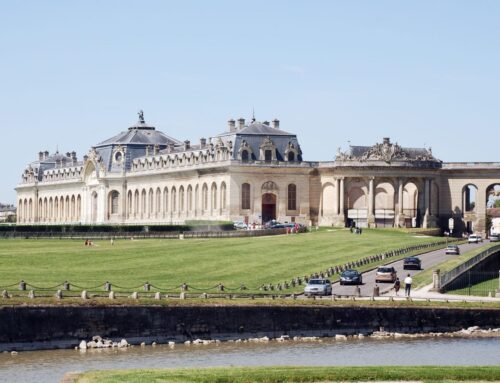
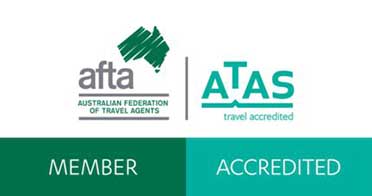
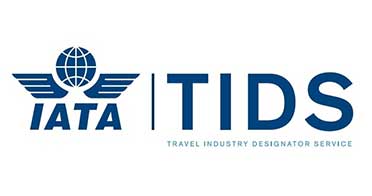
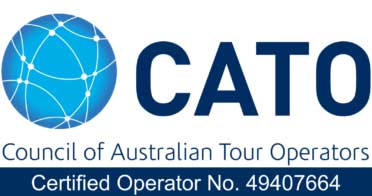


Leave A Comment